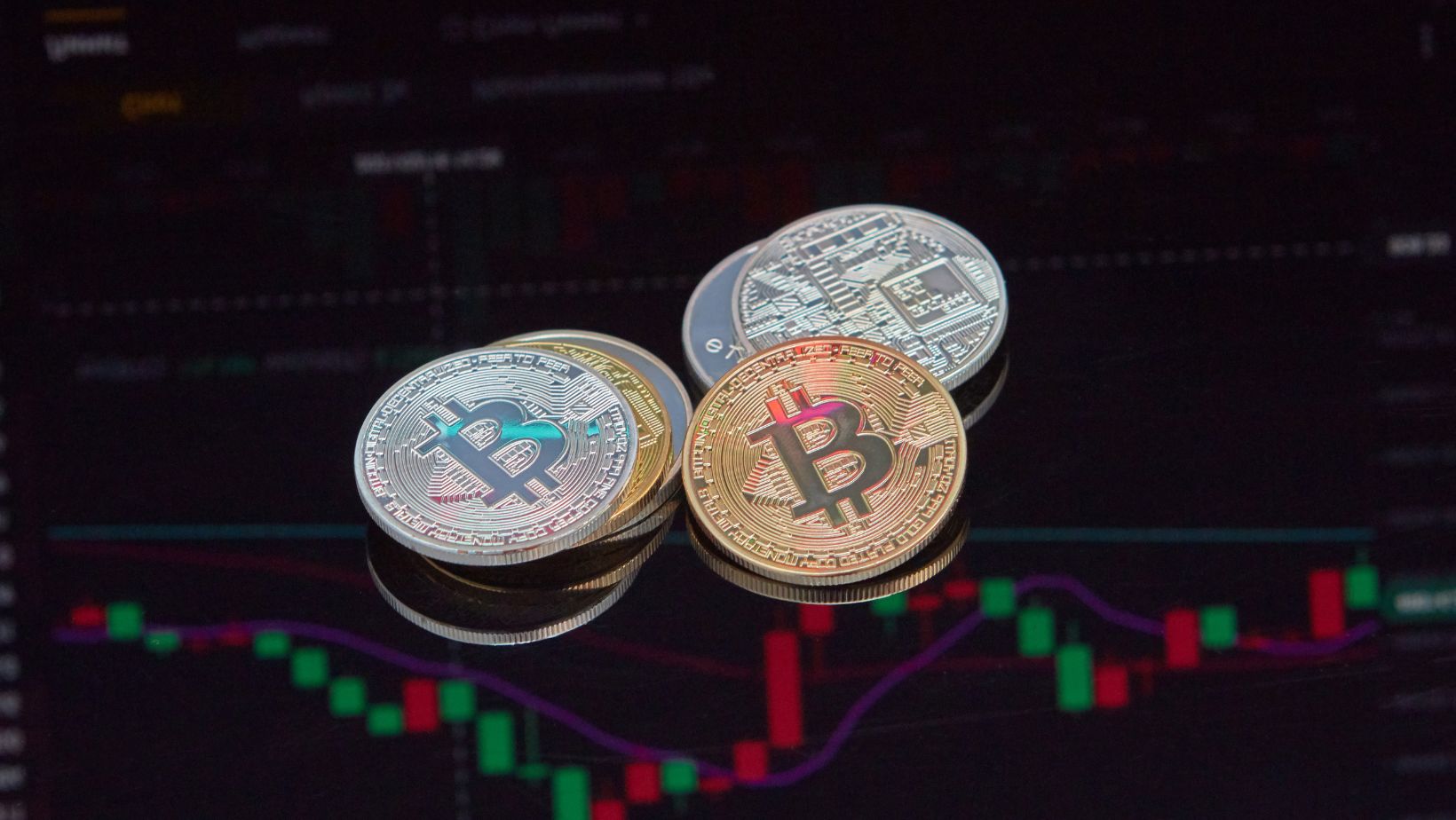Forex is a market with character. It does not sleep, but still obeys the rhythms of time. Morning in Tokyo, midday in London, evening in New York — all of these influence chart dynamics and the rhythm of trading. The chosen session determines both potential earnings and the intensity of chart fluctuations.
FX Cash serves as a reliable companion in the world of Forex. The service has existed since 2009 and became the first rebate service that allows you to return part of the spread and commission from each transaction, regardless of its result. If you choose a suitable intermediary, pay attention to the forex brokers list — it will help you compare the conditions and choose the best option for your strategy.
Night processes may be calm but are not consistently profitable. But at the moments of overlapping sessions, the market comes to life and provides maximum opportunities. Understanding the features of each trading session will help you figure out when to enter the market.
Asian Session: Start and Mood
With the opening of the Tokyo Stock Exchange, the market began to wake up. Activity is still low, especially compared to subsequent sessions. However, this is where the direction for the day is formed.
At this point, trading occurs mainly with the following currencies: the yen, the Australian dollar, and the New Zealand dollar. Volatility is high, so this is an excellent time for calm analysis. For those who prefer measured trends, the Tokyo morning session is an ideal choice. However, in this case, you should not count on aggressive movements.
European Session: Peak Activity
The real heat starts when London opens. This is when significant funds, banks, and institutional investors enter the market. One can observe how volumes have increased, and the charts are moving more sharply now. Pairs with the euro, pound, and franc become especially active.

Stop-loss orders should be set in advance of the session. Activity gradually dies down a few hours before the close, but peak volatility is here. Most trades conclude in the European morning.
American Session: Impulse and Aggression
The market seems to get a second wind when New York wakes up. This time is characterized by relatively high volatility. New news publications, reports, and macroeconomic statistics appear actively, affecting the price.
The London and New York trading sessions overlap between 9:00 and 12:00, which is the best time for trading. Pairs with American dollars, Canadian dollars, and Mexican pesos are especially popular. However, beginners should be careful: the movements here are sharp, and losses can be sudden.
When is the Ideal Time to Trade
There is no ideal time for trading. It all depends on your strategy and biorhythm. However, there are periods when the market is most dynamic. Before choosing a time to enter, you should consider the following:
- time of intersection of two sessions;
- activity of the required currencies;
- release of critical macro statistics;
- your level of risk and experience;
- frequency and style of trading;
- density of the economic calendar;
- news and speeches of central bankers.
You should choose consciously. Volatility can act as both an ally and an adversary if not properly managed.
Conclusion
Sessions are not just a time of day. They are the key to proper trading. Different regions have different currencies, dynamics, and market behavior — some trade in the morning, some at night. The main thing is to be in the flow.
















